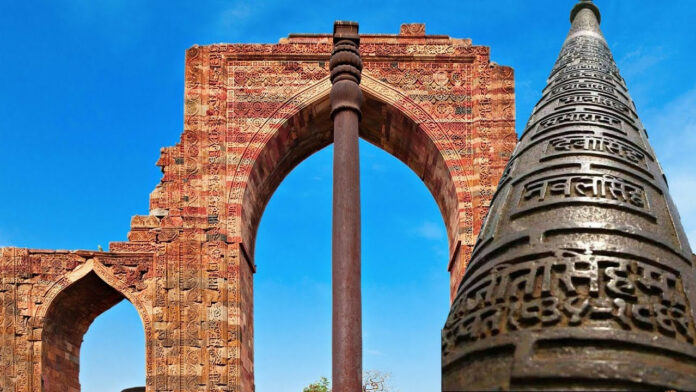An Enduring Legacy in the Heart of India
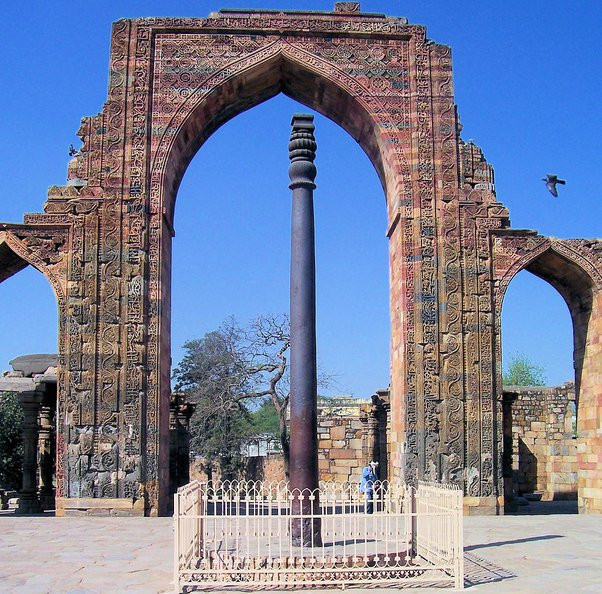
In the bustling city of New Delhi, within the UNESCO World Heritage site of the Qutb Minar complex, stands a remarkable testament to ancient Indian ingenuity – the Iron Pillar. This 7.2-meter tall, 6-ton structure has defied the ravages of time for over 1,600 years, remaining pristine despite constant exposure to the elements.
A Glimpse into the Past

Created in the 5th century during the Gupta Empire, likely under the reign of Chandragupta II, the pillar’s origins are shrouded in mystery. Some believe it once stood in the Varah Temple of Udayagiri Caves, while others speculate about its astronomical significance.
Legends and Beliefs
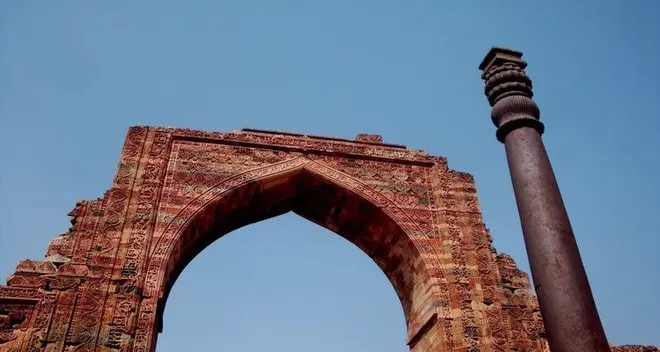
The pillar is not just a historical artifact; it’s a living part of Indian culture. A popular belief suggests that embracing the pillar while leaning against it can grant wishes, making it a revered object for many devotees.
The Scientific Marvel
Unraveling the Mystery
For nearly a century, scientists puzzled over the pillar’s rust-resistant properties. In 2003, researchers from the Indian Institute of Technology in Kanpur finally cracked the code.
Ancient Metallurgical Mastery
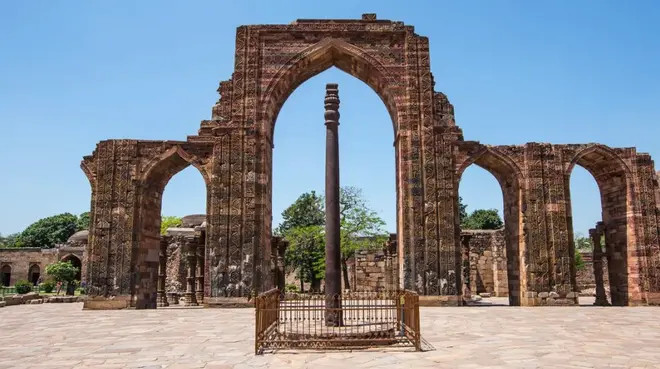
The pillar’s durability stems from its unique composition and manufacturing process:
- High phosphorus content (about 1%) in wrought iron
- Absence of sulfur and magnesium
- Use of the ancient forge welding technique
- Formation of a protective layer of iron, oxygen, and hydrogen compounds
A Symbol of Ancient Ingenuity
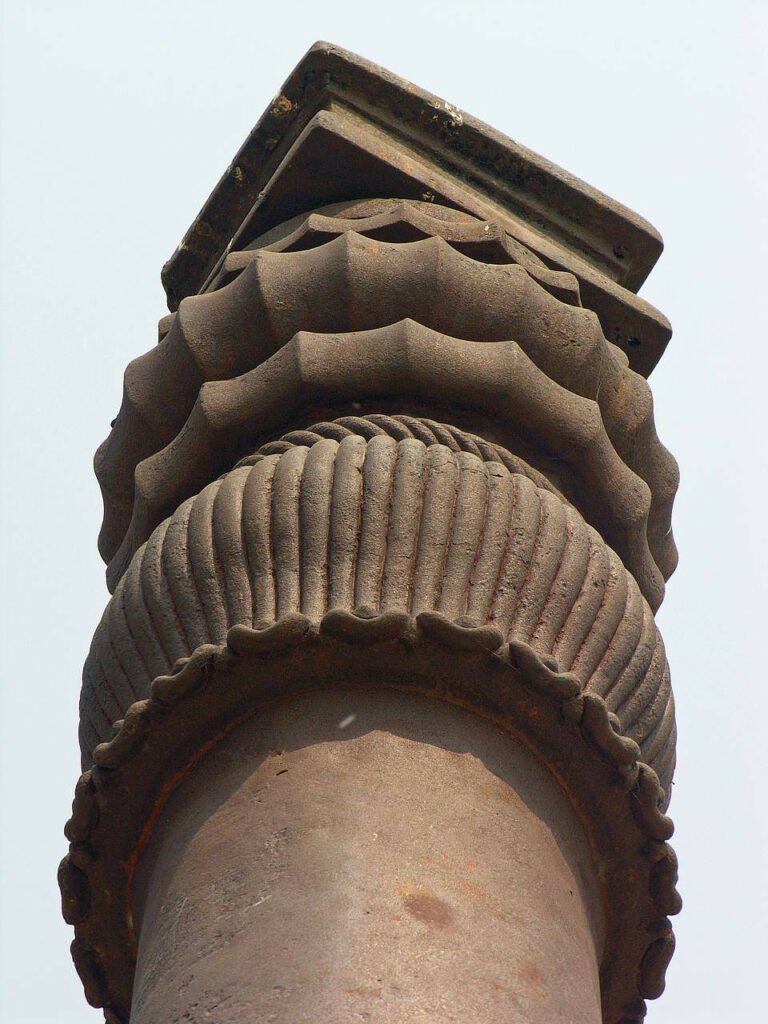
Metallurgist R. Balasubramaniam hailed the pillar as a “living testimony” to the advanced metallurgical skills of ancient Indians. Its resilience was further proven when it withstood a cannonball strike in the 18th century without damage.
A Legacy for the Ages

The Iron Pillar of Delhi stands as more than just a technological wonder. It represents the pinnacle of ancient Indian metallurgy, serves as a symbol for scientific organizations, and continues to inspire awe and reverence. This enduring monument bridges the past and present, embodying the timeless nature of human innovation and cultural significance.
